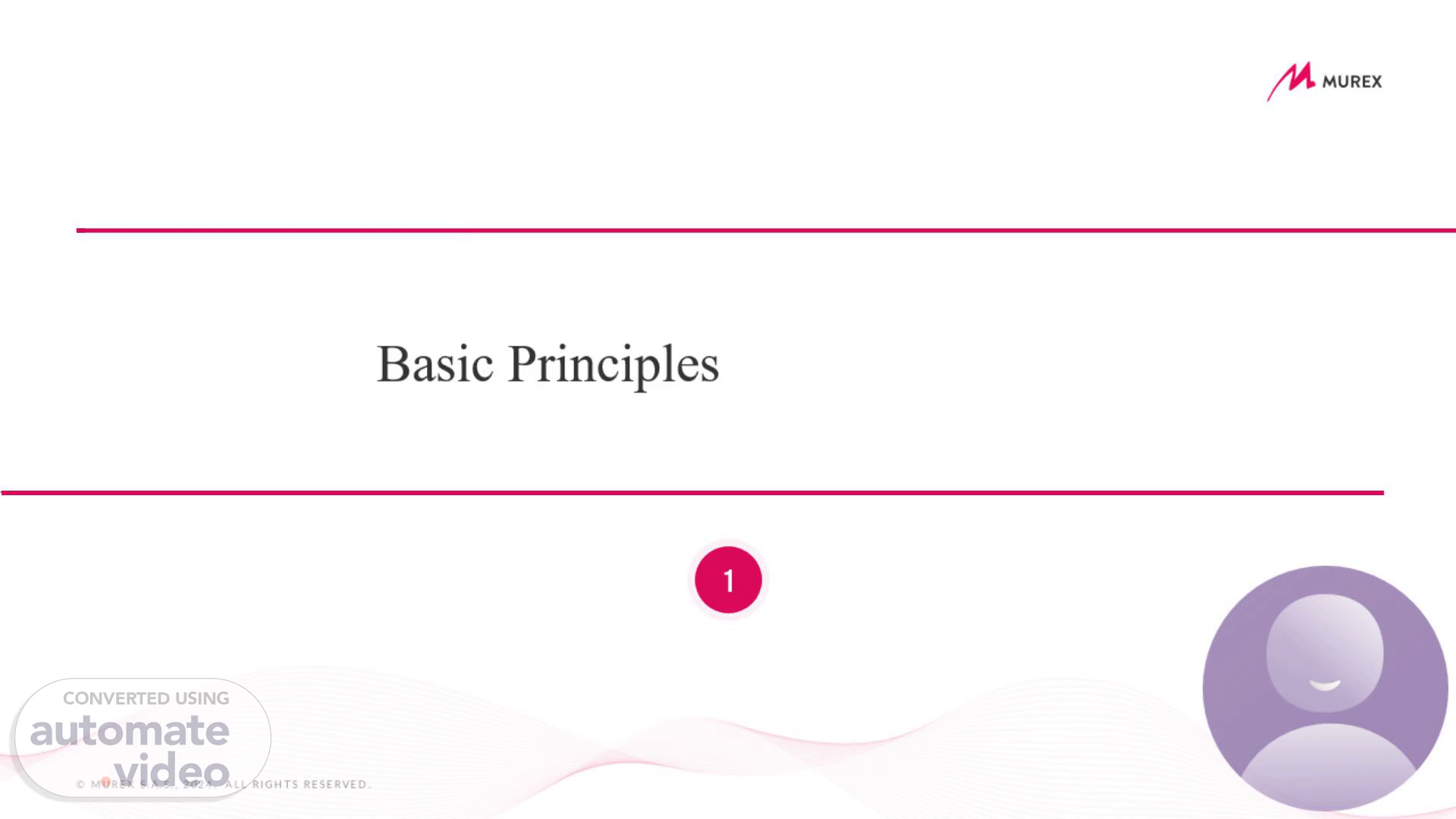
PowerPoint Presentation
Scene 1 (0s)
[Audio] Before we dive into specific corporate actions, we'll go through essential principles necessary for analyzing a corporate action. Like the generic definition of a corporate action. The different types of corporate actions, and the differences between them. The typical format of a corporate actions..
Scene 2 (20s)
[Audio] So, what are corporate actions Corporate actions refer to any event initiated by large companies, organizations, governments, or other market makers, that impacts financial instruments such as stocks or bonds. These actions directly affect the portfolios that hold these instruments. Understanding corporate actions is crucial in position management because they can significantly alter the valuation or structure of a portfolio. Corporate actions are typically associated with a series of important dates Announcement Date. This is when the issuer publicly announces the corporate action and shares all relevant details. It's the starting point for all subsequent events. EX-Div Date. This date is important because it defines the eligibility for the corporate action. Any portfolio holding the targeted instrument before this date is eligible for the action. Record Date. On this date, the issuer finalizes the list of portfolios and their respective positions that are eligible for the corporate action. This list determines the positions affected by the action. Payment Date. This is when the corporate action is finalized, and any payments or adjustments, such as dividends or cash payouts, are made to eligible portfolios. Additionally, corporate actions can have specific details depending on the type of action. For example, in the case of a stock split, the action may include a split ratio, which outlines how the stock will be divided among shareholders..
Scene 3 (1m 45s)
[Audio] Corporate actions can be classified in two key ways. By the type of financial instrument they affect, and by the level of choice provided to the instrument holder. First, corporate actions are classified based on the type of instrument they impact. This could be an equity instrument or a bond instrument. The nature of the instrument helps determine how the corporate action will be structured and how it affects the holder. Second, corporate actions are classified based on the holder's level of choice. These can be broken down into three main categories. Mandatory Corporate Actions. In this case, the holder has no say in the matter. The action will happen regardless of the holder's preference. For example, a stock dividend may occur without the holder's input. Mandatory with Choice. In this type, the holder will be affected by the corporate action but is given several options to choose from. For example, in an option dividend, the holder will receive a dividend but may choose whether to receive it in USD or EUR for example. Voluntary Corporate Actions. These actions allow the holder to choose whether to participate. For example, in a Dividend Reinvestment Plan, the holder has the option to commit to the DRIP or not..
Scene 4 (3m 7s)
[Audio] A typical corporate action format is structured in a clear and organized way to ensure all relevant details are easily accessible. At the top of the document, you'll find the title which states the type of corporate action. For example, it might be Scrip Distribution. Next, the instrument affected by the corporate action is specified. This tells you exactly which security or financial instrument is being impacted. Following that, you'll see a list of relevant dates. These are the key dates we discussed earlier, which help determine the timeline of the corporate action. Finally, any additional specific details related to the corporate action are listed. This could include things like the split ratio in the case of a stock split, the options to choose from, or any other details necessary for understanding how the action will unfold. Now that we know what a corporate action is, we need to understand the meaning and behavior of the instruments it affects, and describe its impacts on it..